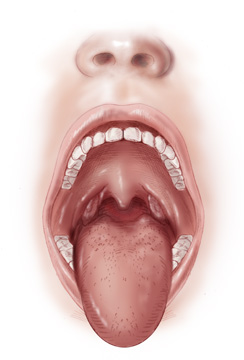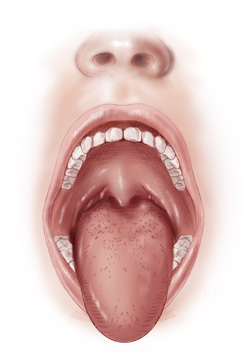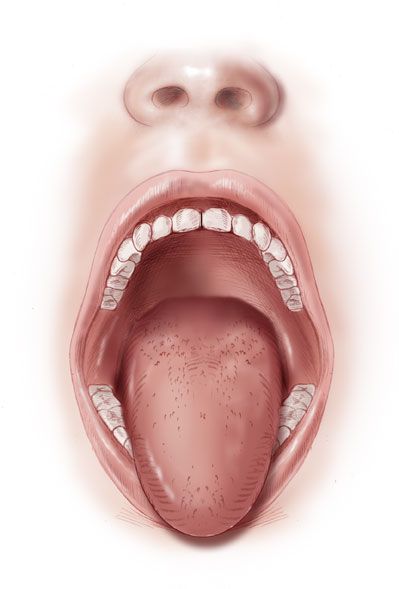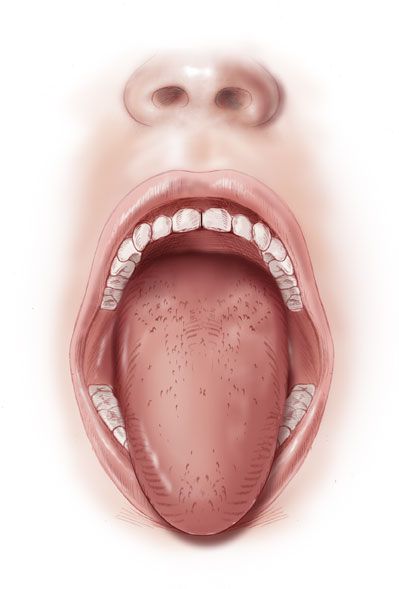|
Mallampati Classification |
|
|
|
The
Mallampati classification relates tongue size to pharyngeal size.
|
 |
This test
is performed with the patient in the sitting position, the
head held in a neutral position, the mouth wide open,
and the tongue protruding to the maximum.
|
|
MALLAMPATI
AIRWAY
CLASSIFICATION
SYSTEM
|
|
Class
|
Direct
Visualization,
Patient
Seated
|
Expected
Laryngoscopic
View
|
|
I |
Soft palate,
fauces,
uvula,
pillars
|
Entire
glottic
opening |
|
II |
Soft palate,
fauces,
uvula |
Posterior
commissure |
|
III |
Soft palate,
uvular base |
Tip of
epiglottis |
|
IV |
Hard palate
only |
No glottal
structures |
|
Modified
from:
Mallampati
RS, Gatt SP,
Gugino LD
et al: A
clinical
sign to
predict
difficult
tracheal
intubation:
A
prospective
study. Can
Anaesth Soc
J 32:429,
1985. |
|
|
|
|
|
 |
 |
 |
 |
|
Classe I |
Classe II |
Classe III |
Classe IV |
|
Images from
Virtual Disaster Medicine
http://www.vdmtc.org/vdmtc.htm
A joint educational project between
The Department of Anesthesiology, University of Nebraska
Medical Center
Pennsylvania State University College of Medicine
Simulation Lab
Department of Anesthesiology, The University of Texas
Medical School at Houston
Telemedicine & Advanced Technology Research Center
(TATRC)
|
|
 |
Pay attention !!
|
|
 If
the patients phonates, this falsely improves the view. If
the patients phonates, this falsely improves the view.
 If
the patient arches his or her tongue, the uvula is
falsely obscured. If
the patient arches his or her tongue, the uvula is
falsely obscured.
 A
class I view suggests ease of intubation and correlates
with a laryngoscopic view grade I A
class I view suggests ease of intubation and correlates
with a laryngoscopic view grade I
(99 to 100% of the time).
 Class
IV view suggests a poor laryngoscopic view, grade III or
IV 100% of the time. Class
IV view suggests a poor laryngoscopic view, grade III or
IV 100% of the time.
 Beware
of the intermediate classes which may result in all
degrees of difficulty in laryngoscopic visualization. Beware
of the intermediate classes which may result in all
degrees of difficulty in laryngoscopic visualization.
|
| |
|
Mallampati, S.R., Gatt, S.P., Gugino, L.D., Desai, S.P., Waraksa,
B., Freiberger, D., Liu, P.L.
A
clinical sign to predict difficult tracheal intubation: a
prospective study. Can Anaesth Soc J 1985 Jul;32(4):429-434.
back
|
|